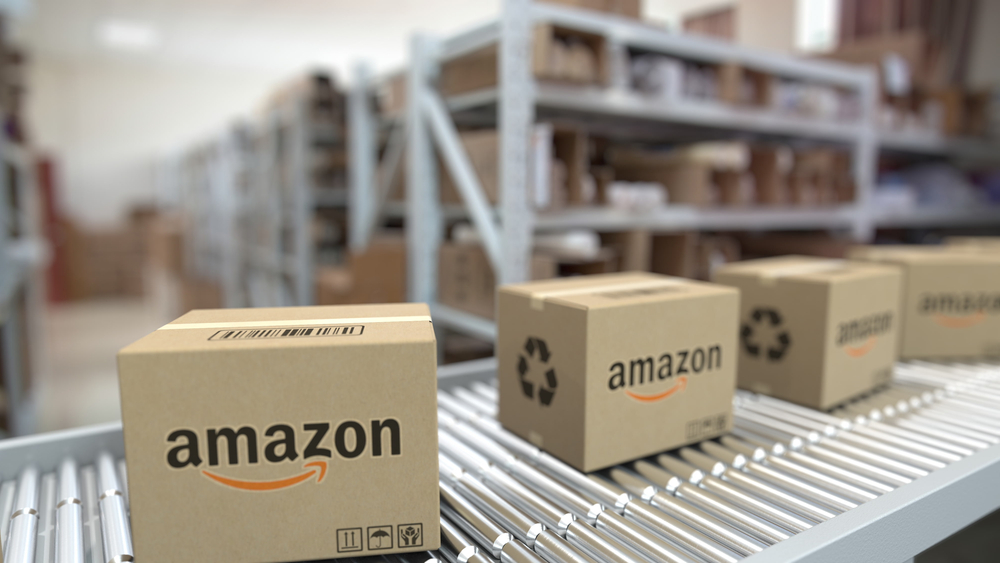
One Amazon seller was already selling stationery and fountain pens, and looking for new products. Glass pens, with beautiful colored spirals in the glass, seemed like a really interesting new product.
Unfortunately she found that though sales were really good, a lot of the pens got broken in the post. Even redesigning the packaging didn’t really help. The high rate of returns destroyed the product’s profitability and in the end she decided to discontinue the product.
In the meantime, she’d had a lot of one and two star reviews, which didn’t do the rest of her business much good.
Lesson one: if you don’t want returns, don’t sell stuff that’s fragile. Ensure your packaging is robust and protects the product adequately. For instance, if you sell anything with corners that could get squashed or creased, specify hard plastic corner protection. It will cost a bit extra, but will save you from having unhappy customers and product returns.
Anything that can get creased or squashed or that might leak needs careful packing. Don’t think you’ll get away with cutting corners – postal services the world over specialize in flattening, bending and banging their deliveries, or so it seems!
There’s another kind of product that can be a nightmare for returns, and that’s a product that customers don’t know how to use. For instance, dehumidifiers which need their outlet hose connecting, or products that need extra pieces to be bought to install them, can be problematic. If there’s any doubt about how to use the product – even something so simple as how to open up a penknife! – make sure you include a leaflet that explains the procedure fully.
It’s also helpful to have a video on your product page showing unboxing and putting together or using the product. It’s surprising how often simple questions like “Which way up does this go?” or “Where’s the on switch?” perplex buyers!
Sometimes, customers have unrealistic expectations. For instance, if someone buys paint that’s intended for kids to use, and finds it’s not giving them the same experience as the expensive artists’ oil paints they usually purchase, they may return the product. Make sure your product page is specific about who your product is for and what it’s meant to do.
(Incidentally, a lot of Etsy sellers find customers don’t understand that ‘handmade’ means there will never be two items exactly alike!)
“Stationery girl” also mentioned a customer who returned a fountain pen because there was no ink in it. That was, admittedly, pretty dumb of the customer – but instead of bitching, she decided to add a “how to fill your pen” infographic and include a box of different colored cartridges with the bundle.
Sometimes, your returns may go up because your supplier isn’t providing you the same quality of product. A lot of suppliers spend a great deal of effort winning business, but aren’t quite so interested in retaining it. It’s up to you to be fast to spot any decline in quality from your suppliers, and to have tight quality controls. If your supplier can’t, or won’t, match up, then it’s time to get some competitive quotes and move suppliers.
Finally, some returns will always happen. But you can minimize the damage by using Amazon’s Grade and Resell program – Amazon will grade your item and you can then reset pricing, if necessary, and put the goods back on sale.
Remember, too, to engage with your customers’ feedback. If you have bad reviews because of issues with the product, don’t just address that single customer’s problem, but always think about whether a small change in packaging or your product page could help future customers have a better experience.
